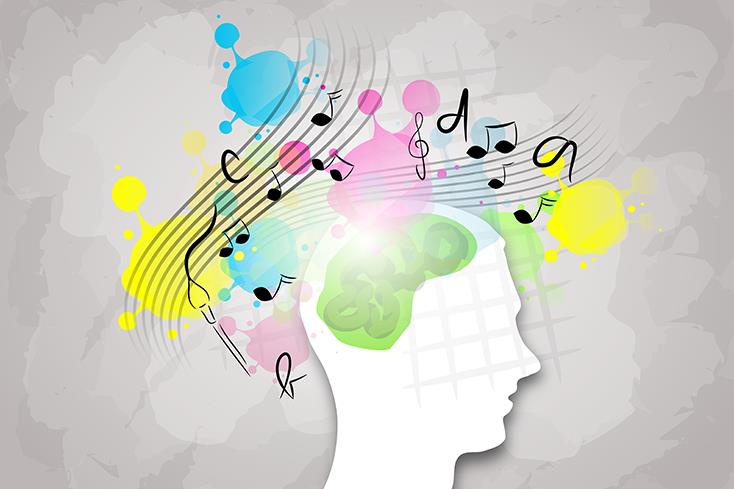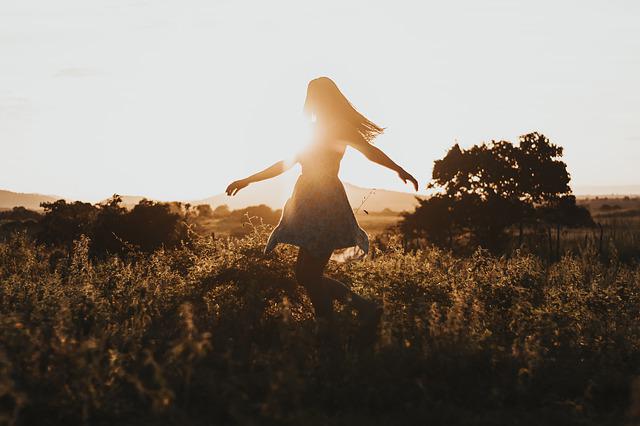
Cultural heritage plays a significant role in shaping individual and collective identities, as it reflects the shared history, values, and traditions of a community. In this article, we explore the influence of norms on cultural identity and examine how these norms contribute to the preservation of cultural heritage.
We delve into the ways in which norms serve as a tool for cultural transmission and discuss the evolution of norms in the context of cultural heritage preservation. By understanding the role of norms in defining and preserving cultural heritage, we can better appreciate its importance and impact on our identities.
Key Takeaways
- Cultural heritage shapes individual and collective identities.
- Societal norms play a significant role in shaping cultural identity and practices.
- Norms act as a tool for cultural transmission and preservation.
- The evolution of norms is necessary for the sustainable preservation of cultural heritage.
The Importance of Cultural Heritage
Cultural heritage plays a crucial role in shaping identity as it defines and preserves the norms of a particular society or community. It acts as a source of identity, providing individuals with a sense of belonging and connection to their roots. Cultural heritage encompasses tangible aspects such as historical sites, artifacts, and traditions, as well as intangible elements like language, music, and customs. These collective expressions reflect the values, beliefs, and practices of a community over time.
However, the impact of globalization poses challenges to cultural heritage preservation. As societies become more interconnected and influenced by external forces, there is a risk of losing unique cultural identities. Globalization can lead to homogenization and the adoption of foreign norms at the expense of local traditions. Efforts must be made to strike a balance between embracing global influences while safeguarding cultural heritage for future generations to ensure that diverse identities are not eroded by dominant cultures.
The Influence of Norms on Cultural Identity
The Influence of norms on the formation and maintenance of cultural identity is a significant area of study. Cultural identity is shaped by various factors, and societal pressure plays a crucial role in this process.
The impact of societal pressure on cultural identity can be seen through the adherence to cultural norms, which are established guidelines for behavior within a particular culture. Cultural norms not only shape individual practices but also influence collective cultural practices. They provide a framework for social interaction, defining what is considered acceptable or unacceptable within a given culture.
By conforming to these norms, individuals maintain their sense of belonging and identity within their cultural group. However, it is important to note that cultural norms can also restrict individual freedom and limit diversity within a society.
The role of cultural norms in shaping cultural practices should be critically examined to ensure the preservation of diverse identities while maintaining social cohesion.
Cultural Preservation Through Norms
One important aspect to consider when examining the preservation of a society's cultural practices is the influence of societal norms. Norms play a significant role in shaping and preserving cultural heritage, as they dictate what is considered acceptable or unacceptable within a particular community. These norms can range from social customs and traditions to formal legal regulations that protect cultural diversity and ensure the continuity of cultural preservation practices.

To better understand the relationship between norms and cultural preservation, it is helpful to examine some examples. In many indigenous communities, there are strict norms surrounding the use of traditional languages, rituals, and ceremonies. These norms serve as mechanisms for transmitting cultural knowledge from one generation to another, ensuring the survival of unique languages and practices that define their identity.
Additionally, societal norms often influence collective attitudes towards historical sites, artifacts, and monuments. Cultural preservation practices such as conservation efforts or laws protecting historical landmarks are not only driven by an appreciation for history but also by societal expectations to preserve and honor these tangible symbols of a community's heritage.
Overall, societal norms play a crucial role in defining and preserving cultural heritage by providing guidelines for behavior within a community. By adhering to these norms, individuals contribute to sustaining diverse cultures across generations. The table below provides further insight into how specific norms influence different aspects of cultural preservation.
| Aspect |
Influence |
| Language |
Norms regulate language usage and promote the learning of indigenous tongues |
| Rituals |
Norms guide the performance of traditional rituals |
| Historical Monuments |
Societal expectations drive conservation efforts |
| Artifacts |
Norms dictate proper handling, storage, and display |
| Traditional Practices |
Community adherence ensures continuity |
Understanding the impact of societal norms on cultural preservation allows us to appreciate their significance in maintaining diverse heritages worldwide. As we recognize these influences on our own societies' practices, we can actively work towards promoting tolerance, inclusivity, and the preservation of cultural diversity.
Norms within a society serve as a mechanism for passing down cultural practices and traditions from one generation to another. Cultural assimilation, the process by which individuals adopt the beliefs and customs of a particular culture, can be facilitated through the transmission of norms.
Norms act as guidelines for behavior and provide individuals with a framework for understanding their cultural heritage. Through intergenerational transmission, norms are instilled in younger generations, ensuring that cultural practices and traditions are preserved over time. This process involves teaching children about their cultural identity, values, and customs through socialization within their families and communities.
By adhering to these norms, individuals contribute to the preservation of cultural heritage by actively participating in its continuation. The role of norms in shaping identity is crucial as they not only define who we are but also preserve our collective history and diversity.
The Evolution of Norms in Cultural Heritage Preservation
An important aspect of cultural heritage preservation is the adaptation and evolution of societal expectations and practices over time. As communities strive to preserve their cultural heritage, they must also recognize that practices may need to evolve in order to meet the changing needs and values of society.
Evolving practices in cultural heritage preservation involve a shift towards greater community engagement, where local communities become active participants in decision-making processes and take ownership of their cultural heritage. This approach recognizes that cultural heritage is not static, but rather a living entity that can be shaped by the collective efforts of individuals within a community.

By involving community members in the preservation process, there is an increased likelihood of sustainable and inclusive practices that reflect the values and aspirations of the community as a whole.
Frequently Asked Questions
What are some examples of cultural heritage that are commonly preserved through norms?
Preserving traditions and cultural values is commonly achieved through the adherence to social norms. Examples of cultural heritage that are preserved through norms include language, rituals, traditional practices, and customary behaviors within a community or society.
How do norms play a role in shaping individual cultural identities?
Norms play a significant role in shaping individual cultural identities by influencing the formation of identity through the impact of globalization and the expression of cultural identity through social media.
What are some challenges faced in preserving cultural heritage through norms?
Preserving cultural heritage through norms presents challenges such as globalization, modernization, and changing societal values. Strategies include education, legislation, and community involvement to raise awareness and protect cultural traditions for future generations.
How do norms change over time in the context of cultural heritage preservation?
Norms, as a catalyst for change, evolve over time in cultural heritage preservation due to the influence of globalization. Global interactions and the spread of ideas lead to the adaptation and reinterpretation of norms, challenging traditional practices and shaping new approaches.
Norms can serve as catalysts for revitalizing endangered cultural practices by fostering community engagement. They provide a framework for collective action, promoting the preservation and transmission of cultural heritage across generations.
 SportsHollywoodLifestyleFashionHome & GardenTrendsPrivacy PolicyTerms And Conditions
SportsHollywoodLifestyleFashionHome & GardenTrendsPrivacy PolicyTerms And Conditions
